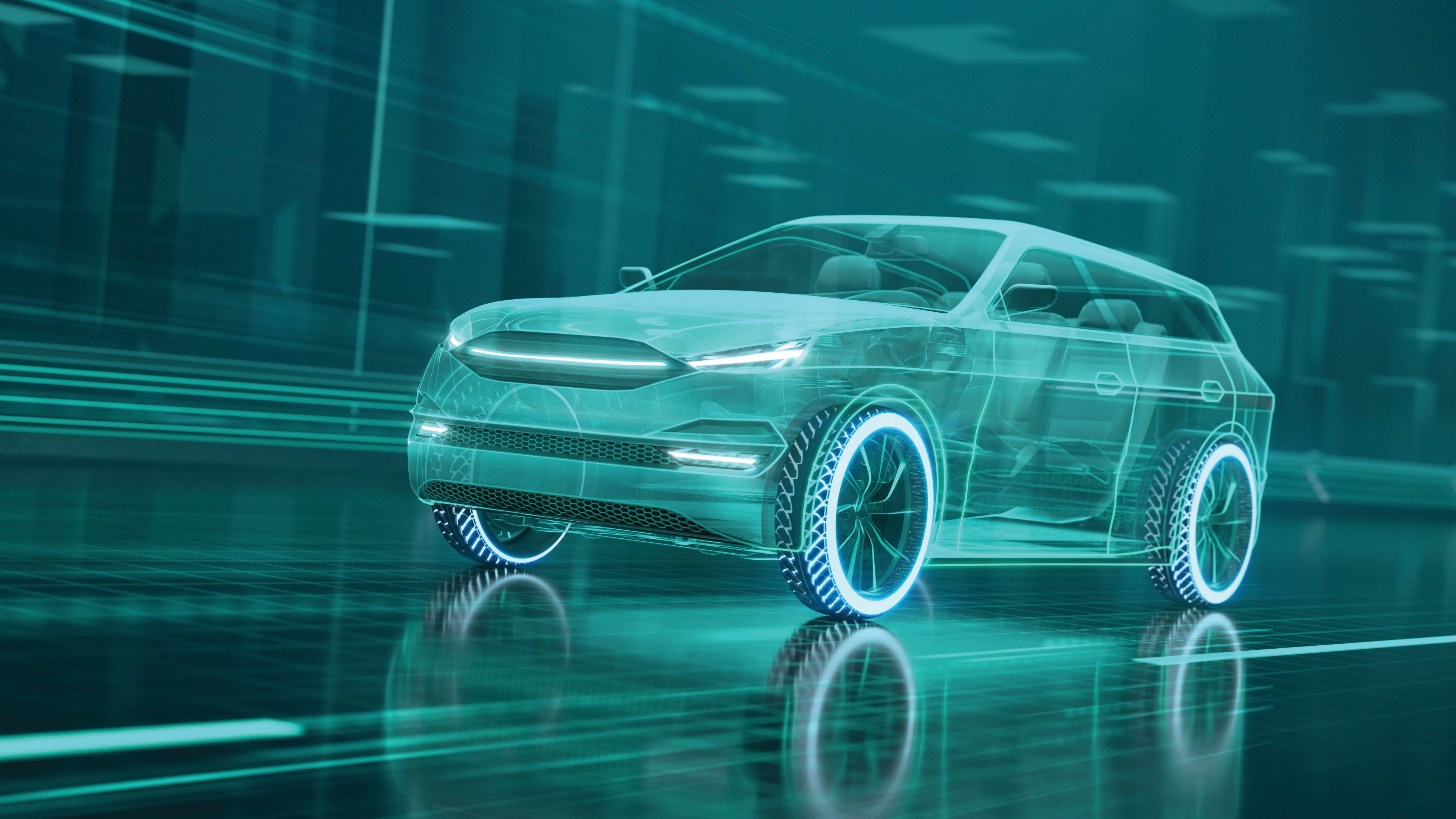Secure Strategies
Emerging automotive cybersecurity strategies focus on providing several layers of security. One major OEM has built its own vehicle operating system and uses secure wireless local area networks (LANs) to safeguard vehicle-to-infrastructure communication.
The company has also invested in a risk analysis and penetration testing start-up and collaborates with third-party experts on areas such as the provision of a virtual security operation center, training institutions for cybersecurity skills and industry associations for guidance on best practices.
Another global manufacturer has created a dedicated cybersecurity unit and launched a bug bounty program to track down vulnerabilities. It has also invested $4 million to improve its architecture, design principles and threat-analysis risk assessments.
Auto industry players work alongside a range of IT security bodies, including the Automotive Information Sharing and Analysis Center, the U.S. National Highway Transportation Safety Agency (NHTSA), Alliance for Automotive Innovation and the National Institute of Standards and Technology (NIST).
They can also leverage the knowledge and technologies developed for traditional cybersecurity, such as using microservices architectures, to minimize potential attack surfaces and strengthen defenses with secure boot processes and hardware-based security modules.
Some companies are even exploring post-quantum cryptography technologies, in anticipation of traditional bit-based encryption being rendered obsolete by quantum computing.
Evolving Regulations
Standards and industry bodies offer the automotive sector a range of best-practice frameworks, from the International Organization for Standardization's ISO/SAE 21434:2021 road vehicles — cybersecurity engineering standard to Europe’s UN Regulation No 156 provisions for software updates.
The ISO/SAE 21434 framework is of particular importance because it sets requirements for automotive cybersecurity processes and a common language for communicating and managing risks. One part of the framework concerns the structure, processes and governance involved in automotive cybersecurity management systems. Another offers guidelines on how to make sure vehicle architecture designs, risk assessment procedures and cybersecurity controls are executed correctly.
These cover factory and in-vehicle cybersecurity, respectively.
A third concern is how to secure charging infrastructure. Currently, most of this depends on the adoption of best practices such as security by design and blockchain-based data exchanges.
At the same time, though, organizations such as the Institute of Electrical and Electronics Engineers (IEEE) and the International Electrotechnical Commission (IEC) are developing cybersecurity standards for emerging vehicle-to-grid and smart-grid implementations.
One challenge facing OEM efforts to secure connected cars is that regulations and best practices vary widely from one region to another. Therefore, for example, automotive OEMs in Europe all need to comply with laws such as UN Regulation 165, while in the United States, there is a much heavier reliance on industrial development more than regulatory limitations.
For more on how the auto industry is driving the evolution of smart cars, download the white paper from Rockwell Automation at rok.auto/EVTrends.


